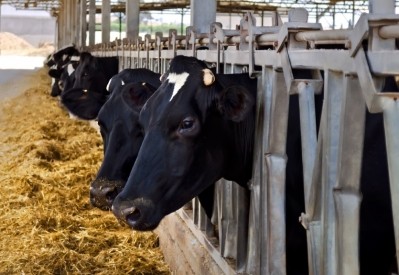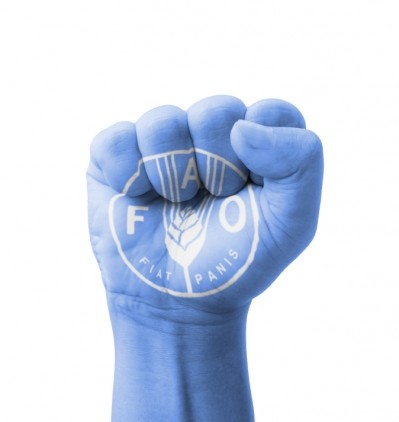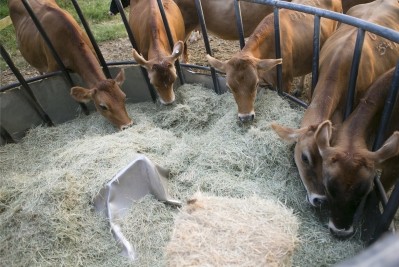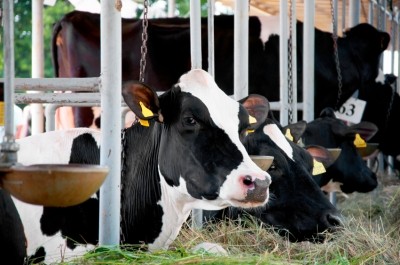'This is a groundbreaking initiative in terms of supporting long-term dairy sector efficiency,' FAO releases findings of global feed mapping project
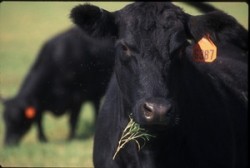
A report on the project, World Mapping of Animal Feeding Systems in the Dairy Sector, which has been released this week, will serve as a valuable resource for dairy processors, feed makers, dairy farmers and policy makers, said the UN’s Food and Agriculture Organization (FAO).
Pioneering work
“Really, this is the first time international dairy feeding systems have been studied so extensively. The results are helping to plug the knowledge gap that exists on approaches to dairy diets globally,” said Harinder Makkar , livestock production officer at the animal production and health division of the FAO.
The project, a collaborative effort between International Dairy Federation (IDF), the UN’s Food and Agriculture Organization (FAO) and the IFCN Dairy Research Network (IFCN), looked at approaches to dairy feeding in 65 different countries.
Makkar said the report contains a wealth of information for stakeholders in the dairy industry on the diversity of global animal feeding systems for dairy cows, water buffaloes, sheep and goats.
Broad scope of study
He told feednavigator.com: “We analyzed what cows, sheep, buffaloes and goats are being fed, and in what proportion, in each country and we looked at multiple livestock production models from smallholders reliant on crop residues for feed to large scale grass or grain based dairy systems.
If you don’t have the data on what is being fed to ruminants within each country, it is impossible for an international dairy group to start evaluating how the fatty acid or antioxidant components of milk, for example, could be manipulated given the fact the levels of those nutrients depends very much on the kind of feedstuffs the animal is eating.”
Looking into the global feeding basket
Each of the three bodies involved in the project had a different focus but the work undertaken proved complementary, said the FAO specialist.
The IFCN, said Makkar, was keen to collect data to support improving dairy resource efficiency, while the FAO was intent on looking at the ‘feeding basket’ – the type and quantity of feed components given to dairy animals - with the aim of using the results to assess the environmental impact of livestock systems and food-feed competition.
The IDF had sought a feeding data set to assist it in modeling changes in a variety of production aspects such as breeding technology, intensification and milk composition targets.
He said the data that the three agencies captured is already being used by the livestock policy branch of the FAO to refine its assessment of the contribution of farmed animals and different commodities such as meat or milk to greenhouse gas emissions (GHG). “Those researchers have had access to the data since the start of the year, and they will be looking to publish their up-to date analysis in about five to six months’ time,” said Makkar.
The FAO mapping study, he said, has demonstrated that in most developing countries, milk is being produced using human-inedible feedstuffs, mainly crop residues such as straw and agro-industrial byproducts, with very few grains being employed.
Myriad of sustainability indicators
It also makes it clear that the higher the digestibility of the feed the lower the associated GHG emissions, said the FAO officer.
“But it is extremely complex to determine how environmentally friendly one feeding system or livestock production model is compared to another. There are a myriad of parameters involved in assessing sustainability and the GHG emissions per unit of meat or milk, while important, is one indicator and not the only one,” said Makkar.
The report will form the basis for future data collection. “This was just a snapshot, if you like, of global dairy feeding models. Now we need to drill down the specifics of feeding components per animal and per region. We also need to consider metrics such as feed formulation changes based on season, agro-climate factors and regional livestock production systems,” he added.
